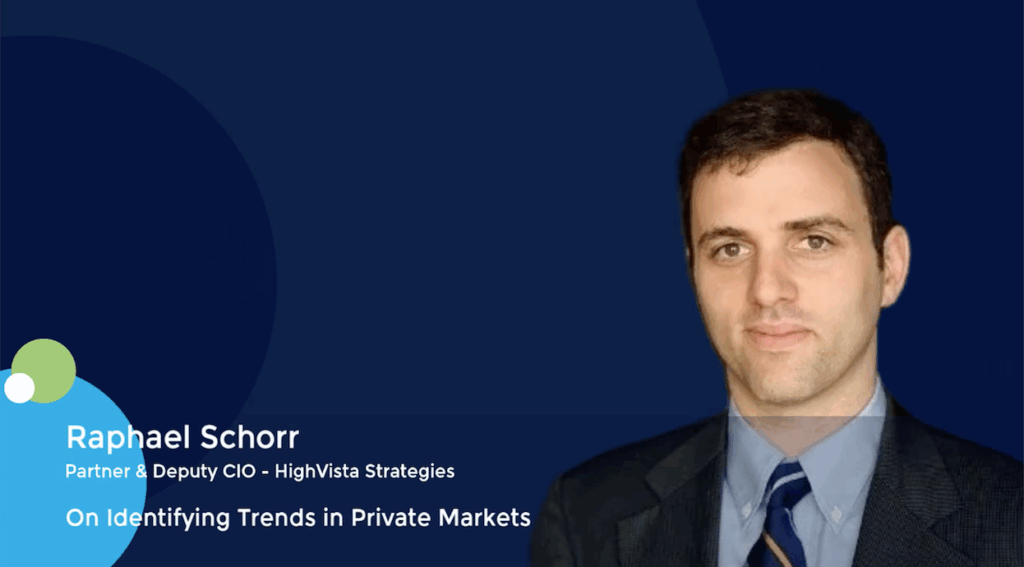Jill Brosig, Chief Impact Office at Harrison Street, on identifying impact in real estate investing
In a recent fireside chat hosted by Giovanni Amodeo, Jill Brosig, Chief Impact Officer at Harrison Street, shared her insights on identifying and measuring impact in real estate investing. The discussion covered a range of topics, highlighting Harrison Street’s commitment to ESG (Environmental, Social, and Governance) initiatives and their approach to creating tangible impact through their investments.
Background and Role at Harrison Street: Jill Brosig began by introducing her role as Chief Impact Officer at Harrison Street, where she oversees global ESG efforts. With a background in physics, Jill has been with the company since 2008, contributing to its focus on alternative real assets such as senior housing, student housing, medical offices, data centers, and infrastructure like solar and wind farms.
Defining Impact Across Asset Categories: Jill emphasized the importance of demonstrating real impact rather than just implementing ESG activities. She explained how Harrison Street measures improvements in building efficiency, such as upgrading lighting or installing solar panels, and ties these improvements to financial metrics. The social aspect varies across asset types, with community engagement being crucial for data centers and intergenerational programs for senior housing.
Community Engagement and Education: Effective community engagement is vital for Harrison Street’s projects. Jill discussed the importance of educating and involving local communities to address concerns such as light and noise pollution or the use of nuclear power. Harrison Street’s initiatives include workforce training and building aesthetically pleasing structures to ensure positive community relations.
Quantifying Impact and Financial Metrics: Jill detailed how Harrison Street ties ESG activities to financial metrics, such as operational cost reductions and increased building valuations. She shared examples of how social programs, like movie theaters in senior housing communities, can enhance resident engagement and overall satisfaction, ultimately impacting occupancy levels and rent charges.
Challenges and Industry Reception: Jill acknowledged the challenges of being a leader in ESG initiatives, including the need for continuous improvement and industry collaboration. She highlighted the positive reception from investors and the importance of moving from simple payback models to value creation.
Data Centers and Sustainability: The conversation touched on the sustainability challenges of data centers, which consume significant energy and water. Jill discussed Harrison Street’s ESG data center strategy and the need for community engagement to address concerns related to aesthetics, noise, and light pollution.
Future of the Chief Impact Officer Role: Looking ahead, Jill envisions her role evolving with advancements in data analytics and technology. She aims to integrate ESG principles more deeply into Harrison Street’s operations and continue piloting innovative ideas to enhance building performance and sustainability.
Investor Concerns and Fiduciary Responsibility: Jill addressed investor concerns about balancing ESG initiatives with financial returns. She emphasized that ESG activities are designed to improve revenues and align with fiduciary responsibilities. Harrison Street’s commitment to reducing carbon emissions and achieving net zero goals reflects their dedication to sustainable investing.
Conclusion: The fireside chat with Jill Brosig provided valuable insights into Harrison Street’s approach to ESG and impact investing. Jill’s expertise and passion for creating meaningful change in the real estate sector underscore the importance of integrating sustainability into investment strategies.
Key timestamps:
00:07 Introduction to the Fireside Chats
01:32 Defining Impact in Real Estate
03:32 Community Engagement Strategies
05:26 Quantifying Impact Metrics
08:56 Challenges of Leadership in ESG
11:40 Industry Reception to ESG Initiatives
12:35 Investor Concerns and ESG
15:11 The Future of Data Centers
17:41 Identifying Niche Roles in Data Centers
20:14 The Evolution of the Chief Impact Officer Role
23:15 Navigating Challenges in Sustainability Language
25:38 Closing Thoughts and Insights










